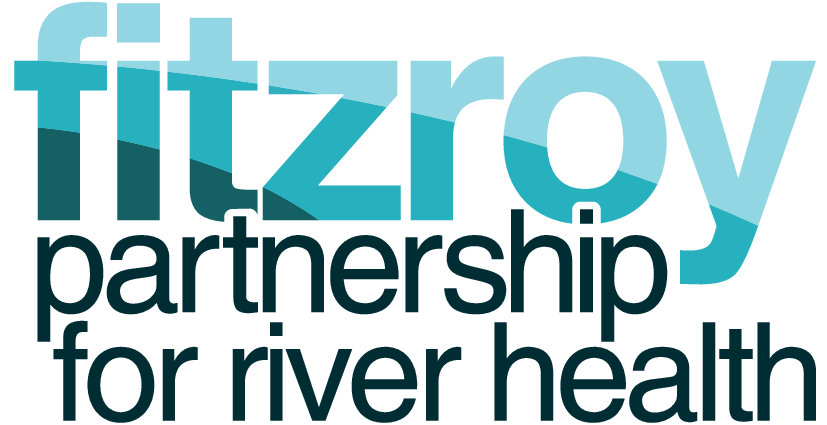Data
- 2022-23
- 2021-22
- 2020-21
- 2019-20
- 2018-19
- 2017-18
- 2016-17
- 2015-16
- 2014-15
- 2013-14
- 2012-13
- 2011-12
- 2010-11
Where does sampling occur and are there any gaps?
Indicator

The Fitzroy Partnership for River Health draws together water quality monitoring data that is already being collected by a range of organisations for their own purposes. There are more monitoring sites in some parts of the basin compared to others. The Partnership will investigate options to fill gaps in data collection in future years if funding and resources make this possible.
We have produced a series of maps that highlight where sampling effort was abundant and areas where no sampling data was available for each indicator.
The Partnership is currently undertaking a monitoring efficiency project to quantify the sampling effort and make recommendations to improve the sampling program.
Who provides data and how much was used in this report?
Traditionally monitoring programs are developed by a single party to meet program objectives. Typically the costs of implementing this kind of monitoring program are significant. For example if implementing a completely new monitoring program from scratch to meet Fitzroy Partnership objectives it would have costed us several million dollars per annum in sampling alone!
The cost of establishing a multi-million dollar program to adequately monitor a system as immense as the Fitzroy has been a major barrier until recently. By banding together we have been able to overcome this barrier.
The report card grades were calculated from over 1,247,019 sample results collected from over 158 locations across the entire Fitzroy Basin. Partners have collectively decided to leverage on this investment by pooling data. In doing so we have been able to provide the most complete picture of our waterways to date.
While several gaps remain, the whole process has helped to confirm just how much information we already have about the health of our waterways. It will provide valuable scientific data for comparison in future years as more report cards are developed. It has also helped to clarify the extent of future work required to fill knowledge gaps for future years.
The following organisations contributed data for the 2013-14 report card: Anglo American Metallurgical Coal Pty Ltd, BMA Pty Ltd, Central Highlands Regional Council, Cockatoo Coal, Gladstone Ports Corporation, Glencore, Idemitsu, Isaac Plains Coal, Jellinbah Mining Pty Ltd, Origin Energy, Queensland Government, Rio Tinto Coal Australia, Rockhampton Regional Council, Santos, Sunwater and Wesfarmers. The Great Barrier Reef Marine Park Authority and Infofish Australia provide summarised data for the marine and estuarine reporting areas.
How are data processed and stored?
A secure network drive has been established on Fitzroy Basin Association‘s local network for the storage of contributed data. Access to this drive is limited to the partnership secretariat.
Data provided to the partnership was mostly compatible with Microsoft Excel. Data structure varied markedly and macros were developed in Microsoft Visual Basic for Applications (VBA) to automate several repetitive tasks such as cutting and pasting columns of data to the corresponding field for the partnership database, unit correction, and dealing with limits of reporting and blank data fields. This automation reduced human error in processing and markedly decreased processing times.
Once data was formatted in Microsoft Excel it was then imported to a web based open source database called MySQL, used by many large corporations due to its open licence, reliability and functionality. The MySQL Database was populated with processed data allowing for assessment using web code specifically developed to extract data from the database and perform calculations based on grading formulas endorsed by the science panel before passing it to the website for visualisation. For more information on these formulas see What‘s in a grade
Looking for data?
All data used to develop our reports is available
To view the summary data simply go to the Results section on this website and select the desired reporting area.
Still not satisfied?
Each catchment has an Excel workbook with data from monitoring sites that you can view or download. Simply go to the reporting area you are interested in viewing. Then click on the Download Data icon underneath the interactive chart to download and view the file for each category and underlying indicator right down to the site scale. Sites are de-identified to comply with our data sharing arrangements.
How are seasonal sampling variations managed in assessment?
Water quality samples were not collected at evenly spaced intervals of time. The graph below shows sampling of sulfate across the basin compared to the hydrograph throughout the year at the end of the Fitzroy River. This illustrates the considerable variation in sampling effort over the year.

Traditionally monitoring programs are usually established to meet specific program objectives. This traditional approach ensures that ambient monitoring is evenly spread out at regular intervals. The Fitzroy Partnership is using a novel approach where third party data collected across the Fitzroy Basin is pooled to create one very substantial dataset!
One drawback of this approach however is that water quality samples have not been collected at evenly spaced intervals of time. Many third party sampling programs are geared around event-based sampling. If we ignored this fact, then the results from wet season sampling would swamp results from dry season sampling.
To give a more accurate representation of the system as a whole and account for periods of high and low flows across the year, we used a formula to make sure dry season results were suitably represented in the overall score. We did this by awarding a score for both low and high flow conditions and then combined them based on the proportion of time the catchment was in low flow and high flow to obtain an overall score that better reflects the state of the aquatic ecosystem in a particular year. Our Program Design provides more detail about the flow weighting process.

